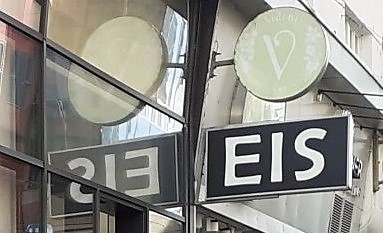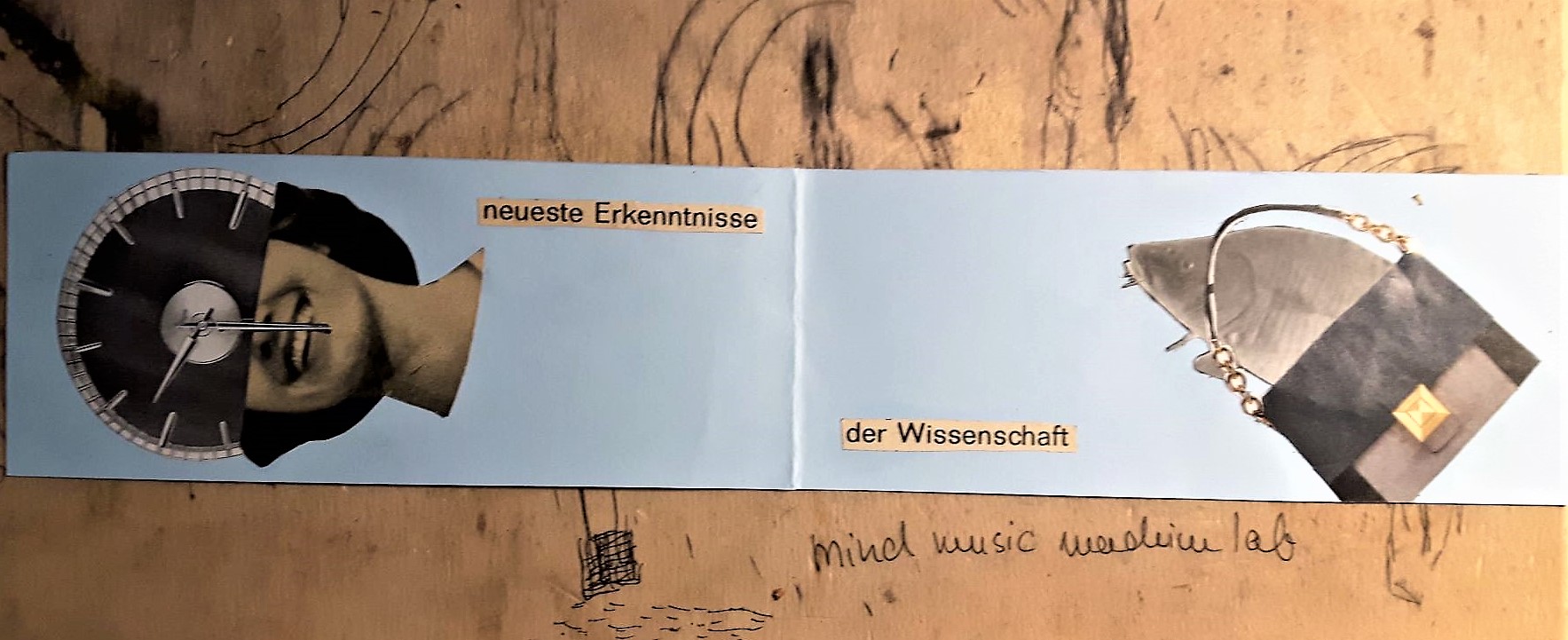


{{{{{{{{{{{{{{{{{{{{{{{{{{{{{{{{{{{{{{{{{{{{{{{{{{{{{}}}}}}}}}}}}}}}}}}}}}}}}}}}}}}}}}}}}}}}}}}}}}}}}}}}}}}
In more complex biological organizational units [let’s call them kobors], stimuli from the environment no longer directly affect a receptor that responds immediately with an attuned reaction. Instead, a mirror world arises inside the kobor. Uexküll has baptized this mirror world the ‘counterworld'[Gegenwelt]. Uexküll’s mirror world evokes associations with Leibniz monads, which he equally symbolized through mirrors.
In Uexküll’s counterworld, the mirror images (form and number) are peculiar to the mirror and not the mirrored one.
Else says it’s the interweavement of both.
{{{{{{{{{{{{{{{{{{{{{{{{{{{{{{{{{{{{{{{{{{{{{{{{{{{{{}}}}}}}}}}}}}}}}}}}}}}}}}}}}}}}}}}}}}}}}}}}}}}}}}}}}}}
In komplexeren biologischen Organisationseinheiten [nennen wir sie kobors] geraten Reize aus der Umgebung nicht mehr direkt auf einen Rezeptor, der unmittelbar mit einer abgestimmten Reaktion antwortet. Stattdessen entsteht im kobor eine Spiegelwelt. Uexküll hat diese Spiegelwelt ‘Gegenwelt’ getauft. Uexkülls Spiegelwelt weckt Assoziationen zu Leibniz Monaden, die von ihm ebenso durch Spiegel versinnbildlicht worden sind.
In Uexkülls Gegenwelt sind die Spiegelbilder (Form und Anzahl) Eigentümlichkeit des Spiegels und nicht des Gespiegelten.
Else sagt, es sei die Verflechtung von beiden.
{{{{{{{{{{{{{{{{{{{{{{{{{{{{{{{{{{{{{{{{{{{{{{{{{{{{{}}}}}}}}}}}}}}}}}}}}}}}}}}}}}}}}}}}}}}}}}}}}}}}}}}}}}}

https://www.gutenberg.org/files/39441/39441-h/39441-h.htm
